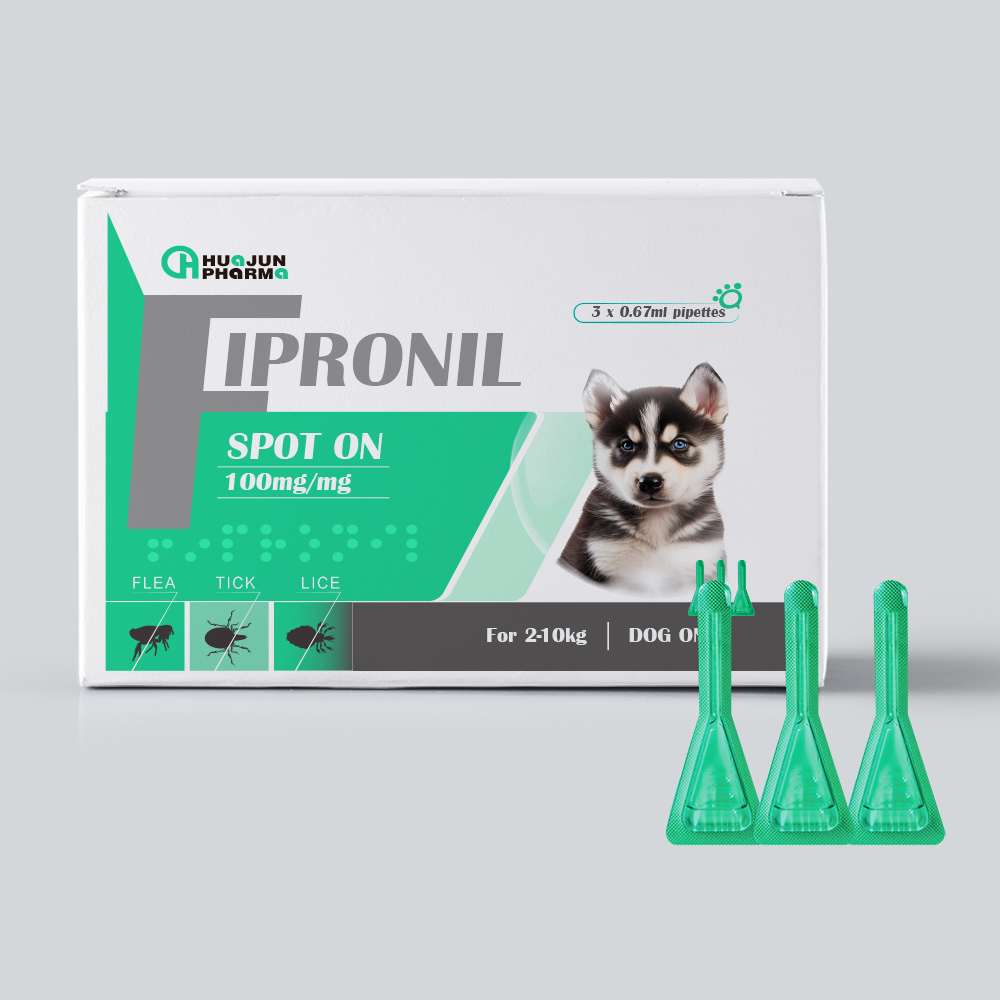
Aug . 09, 2024 00:55 Back to list
Exploring the Production Processes and Quality Standards of Lincomycin Manufacturing Plants Worldwide
Understanding Lincomycin Factories Production and Impact
Lincomycin is a crucial antibiotic, primarily employed in the treatment of a variety of infections caused by anaerobic bacteria and certain protozoa. It belongs to a class of antibiotics known as lincosamides, which inhibit bacterial protein synthesis. The production of lincomycin takes place in specialized facilities, often referred to as lincomycin factories.
The Production Process
Lincomycin is derived from the fermentation of the bacterium *Streptomyces lincolnensis*. The production process begins with the cultivation of this bacterium under controlled laboratory conditions. These facilities are equipped with fermenters that provide the optimal environment for microbial growth, including regulated temperature, pH, and nutrient supply.
Once the bacteria reach a sufficient biomass, the fermentation medium is harvested, and the lincomycin is extracted. This extraction process typically involves several purification steps, such as filtration, precipitation, and crystallization, to remove unwanted by-products and isolate the antibiotic. Quality control is stringent, as lincomycin must meet specific standards for purity and potency before it can be released for medical use.
The facilities themselves are designed with advanced technology to ensure that production is efficient and adheres to strict regulatory guidelines. This is crucial not just for meeting demand, but also for ensuring the safety and efficacy of the final product.
Quality Assurance
In lincomycin factories, quality assurance is a fundamental aspect of the production process. Regulatory bodies like the Food and Drug Administration (FDA) in the United States and the European Medicines Agency (EMA) in Europe set the standards for good manufacturing practices (GMP). Compliance with these standards is critical for ensuring that the antibiotics produced are safe for consumer use.
Each batch of lincomycin undergoes rigorous testing, which typically includes assessments of its chemical composition, microbial contamination, and potency. Laboratories within these facilities conduct both in-process and final product testing to guarantee that the lincomycin meets the required specifications.
lincomycin factories

Environmental Considerations
The manufacturing of antibiotics, including lincomycin, also raises important environmental concerns. The fermentation process can generate waste products that need to be managed appropriately to prevent contamination of water and soil. Lincomycin factories must implement sustainable practices, such as waste recycling and water purification, to minimize their environmental impact.
Some companies are investing in green technologies that reduce the carbon footprint of their production processes. These initiatives not only benefit the environment but can also lead to cost savings and improved public perception of the pharmaceutical industry.
The Role of Lincomycin in Healthcare
Lincomycin's relevance in modern medicine cannot be overstated. It is particularly effective against infections caused by Gram-positive bacteria and is often used in patients who are allergic to penicillin. In addition to treating severe bacterial infections, lincomycin has been prescribed for acne and certain skin conditions.
The demand for lincomycin continues to grow, particularly in regions where antibiotic resistance is a significant concern. As healthcare providers and patients seek effective treatment options, lincomycin remains an essential component of the antibiotic arsenal.
Conclusion
Lincomycin factories play a pivotal role in the healthcare ecosystem by producing a vital antibiotic that addresses various bacterial infections. The meticulous production process, coupled with stringent quality assurance measures, ensures that safe and effective lincomycin reaches the market. With ongoing advancements in manufacturing technology and a commitment to sustainability, these factories are not just supporting healthcare but are also striving to protect the environment for future generations. As the fight against antibiotic resistance continues, lincomycin’s place in medical therapy remains both relevant and essential.
-
Premium China Bacillus Subtilis Supplier & Factory Solutions
NewsJul.30,2025
-
Premium Avermectin Supplier in China | Custom Solutions Available
NewsJul.29,2025
-
China Bacillus Subtilis Supplier - Custom Factory Solutions
NewsJul.29,2025
-
China Salivation: Leading Custom Salivation Supplier & Factory Solutions
NewsJul.29,2025
-
Leading Lincomycin Hydrochloride Manufacturer & Supplier with High Purity
NewsJul.29,2025
-
Bio-Enzyme Yogurt Growth Promoter Factory - Top Quality Manufacturer & Supplier
NewsJul.28,2025




